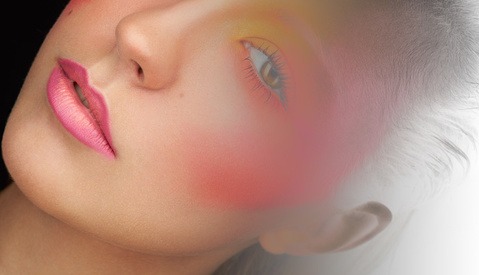Serif Releases Free 10 Day Trial for Affinity Photo
A couple of weeks ago, Serif released its powerful photo editing software called Affinity Photo. This Adobe Photoshop competitor has since been downloaded by numbers of users and has already seen a couple of improvement through an update. Its price and its speed are probably two of the most notable advantages the software offers over Photoshop. While the reviews are slowly making their way to different websites, many photographers and retouchers seem to be wondering if the software is worth its price.




















